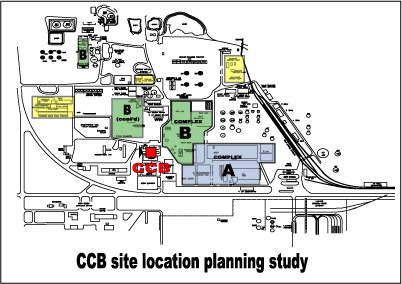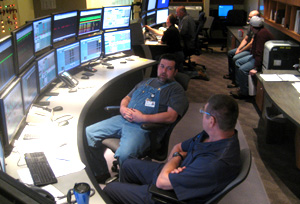|

Risk of error
is always present when man is asked to work with a machine or complex operating system or within a high-stress environment.
The nature of accidents cause us to constantly assess the impact of human error on system design and, conversely, the manner
in which equipment improves or degrades man's ability to control a process. This man-machine relationship exists at
the consoles, within the screens of information, in the entirety of the workstation and throughout the environment of the
control room itself.
|

The first line of defense
against errors is, of course, at the system level. The operator's work load must be reasonable and well understood. Is the
operator provided with the controls and displays he needs to respond in an orderly and timely fashion? Beyond system
design, an ergonomically sound workstation should be capable of catering to a support Operator. Controls must be with easy
reach and screens legible and well within the operators' normal sight lines. Dedicated devices must be grouped according to
the needs of each specific process. A carefully configured series of consoles must be positioned to accurately represent the
operators' cognitive map of the process itself.
|

The architectural space and support systems must provide for these console
arrangements without glare and reflections on the screens or inappropriate traffic flows. The utility of the control room
is also expressed through the architectural finishes, materials color and acoustics - all of which directly affect operator
performance. CRD's experience in more than forty control room programs has convinced us that a control system can only
be considered truly integrated if the diverse elements of the system, console and architectural setting are planned around,
and for, the operator.
|